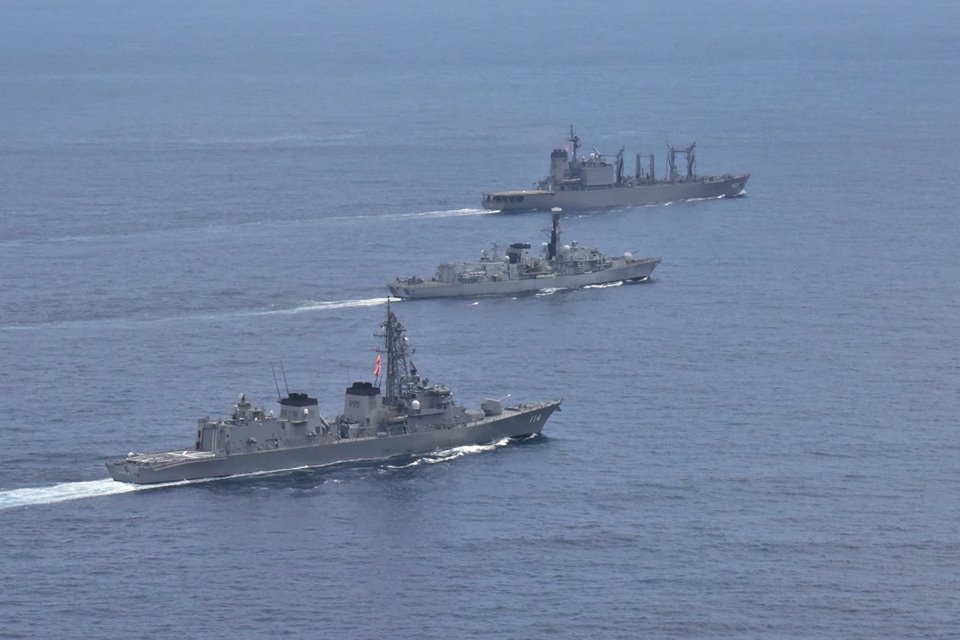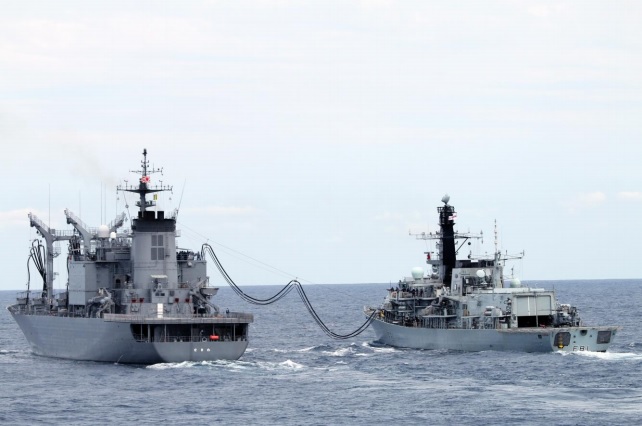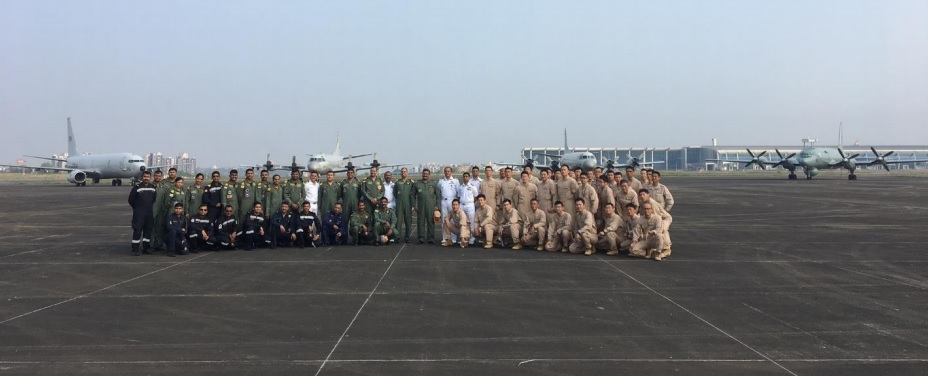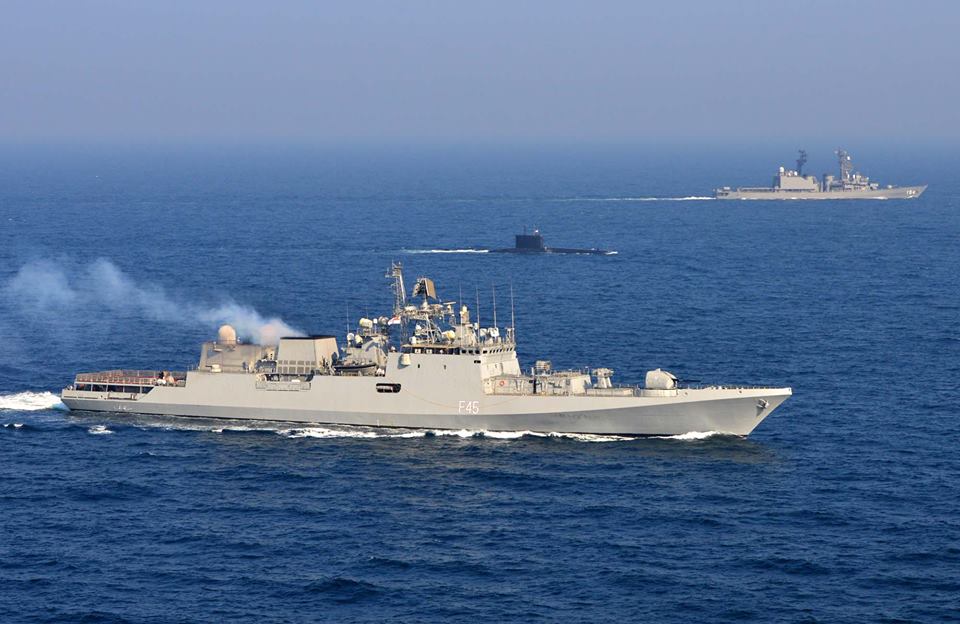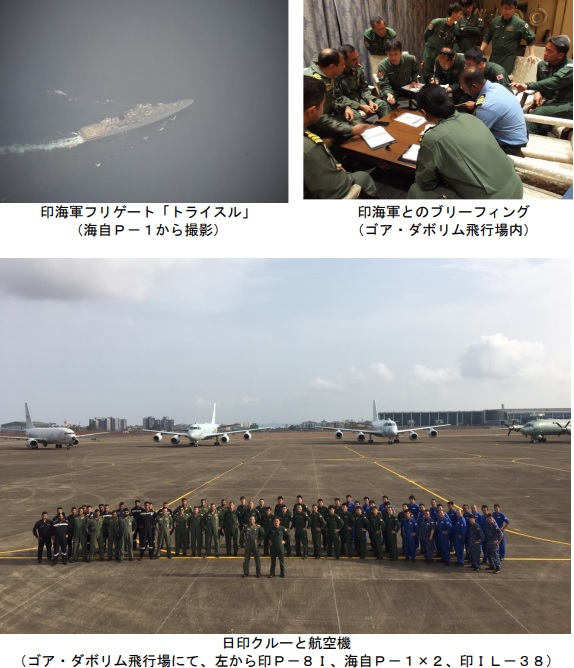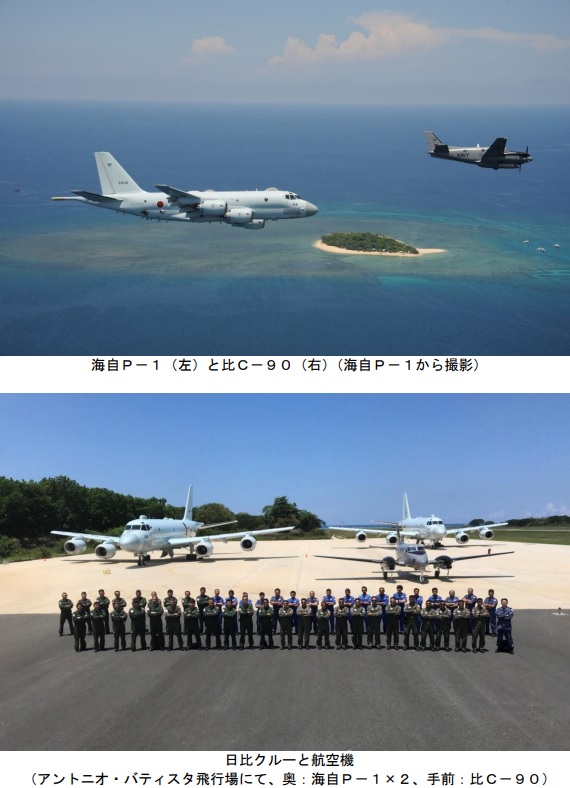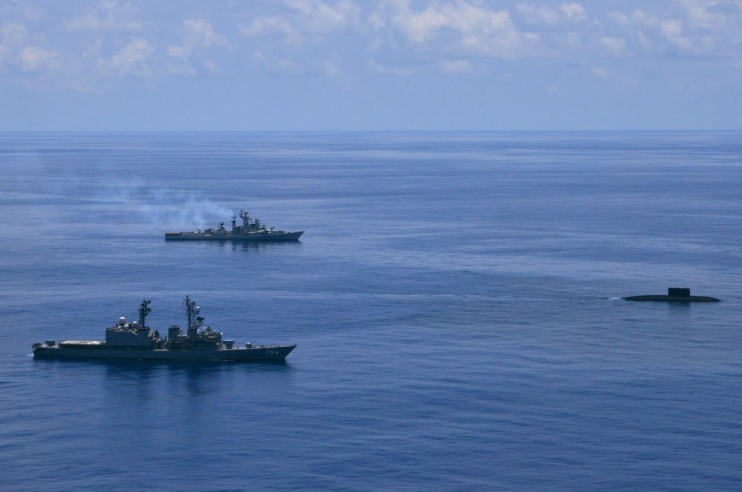Japanese military attaches to increasing in the Philippines, Vietnam, and Malaysia.
---start---
TAIPEI (Taiwan News) – In order to balance and monitor China’s increasing activity in the South China Sea, the government of Japan has decided to increase the number of resident military advisers in partner nations of the region.
On March 7, it was reported by Liberty Times that Japan will be dispatching permanent military advisers to the Philippines, Vietnam, and Malaysia to cooperate with the local governments on intelligence operations regarding China’s activity in the region.
According to Japanese media, this is the first time the Japanese government has assigned official military attaches to the three Southeast Asian countries, and the original number of officers planned has also been increased from one officer to two officers, for each of the three countries.
In addition to coordinating intelligence between countries on behalf of Japan’s SDF, the aadvisers will also have responsibilities related to the security of the Japanese embassies in the three host countries.
According to the report from Liberty Times, Japan is also preparing to provide the Philippine military with three new TC-90 utility aircraft, which will help the Philippines better monitor Chinese activity around its territory.
---end---
https://www.taiwannews.com.tw/en/news/3378507
Opening ceremony and demonstration for the Japanese Rapid Amphibious Deployment Brigade being introduced.
Another demonstration that includes the new Type 16 maneuver combat vehicles.
Plan of joint-training between the Japanese Ground Self Defense Force and other nations such as the US, Australia, India, and the UK for fiscal year 2018. The document also includes a schedule for Japan only training, but just translated the joint-training
---start---
US-Japan joint-training
-Command and Control: Yama Sakura 74, Northern Army, in the US, June
-Command and Control: Yama Sakura 75, Northern Army, in Japan, December
-Working exercise with US Army in Japan: Orient Shield, North Eastern Army, August-September
-Working exercise with US Army in Japan: North Wind, Northern Army, January-March
-Working exercise with USMC in Japan: Northern Viper, Northern Army, July-September
-Working exercise with USMC in Japan: Forest Light 01, Western Army, October-December
-Working exercise with USMC in Japan: Forest Light 02, Middle Army, January-March
-Working exercise with US Army in the US: Raising Thunder, Eastern Army, August-September
-Working exercise with US Army in the US: Arctic Aurora, Combined Ground, May-June
-Working exercise with US Army in the US: at the National Training Center, Northern Army, January-March
-Working exercise with US Army in the US: RIMPAC (anti-ship warfare), Western Army, June-August
-Working exercise with USMC in the US: RIMPAC (Amphibious vehicles), Combined Ground, June-August
-Working exercise with USMC in the Philippines: KAMANDAG, Combined Ground, September-October
-Working exercise with USMC in the US: Iron Fist, Combined Ground, January-March
Japan-US-Australia joint-training
-Participation in Australia: AASAM, Fuji School, April-May
-Working exercise with US and Australia militaries in Australia: Southern Jackaroo, Eastern Army, May-June
-Working exercise with US and Australia militaries in Japan: disaster countermeasures, Middle Army, October
Multi-national exercise in Mongolia called Khaan Quest, Combined Ground, June
Working exercise with the British Army in Japan: Fuji School, September-October
Working exercise with the Indian Army in India: Eastern Army, October-December
Four working exercise activities with British Army and Indian Army during the working exercise with the US in anti-ship warfare and the training at the National Training Center in the US.
---end---
http://www.mod.go.jp/gsdf/news/press/2018/pdf/20180406.pdf
RC-2, ELINT version of the C-2
A C-2 with a crew of 15 to conduct training in going abroad to North America, by stopping at multiple US bases from March 12th to March 19th. Stops are Joint Base Pearl Harbor-Hickam, Scott Air Force Base, Travis Air Force Base, and Anderson Air Force Base.
http://www.mod.go.jp/asdf/news/houdou/H29/300309_2.pdf
Joint-training between the Japanese Maritime Self-Defense Force and the Royal Navy of the UK on April 27th and April 28th in waters south of the Kanto region. Training was caried out by HMS Sutherland, JS Suzunami, JS Tokio, and P-3C, and a Japanese sub (not named).
http://www.mod.go.jp/msdf/release/201804/20180429.pdf
HMS Sutherland arrived in Japan on April 10th and included some North Korea related work along with the joint-training described above.
---start---
The Royal Navy’s HMS Sutherland docked in the Japanese port of Yokosuka on Wednesday morning and will take part in operations to combat efforts by North Korea to get around United Nations sanctions of banned commodities, including fuel and components for the regime’s nuclear and long-range missile programmes.
Satellites and maritime patrol aircraft have in recent months identified a number of ship-to-ship transfers being conducted at sea between North Korean freighters and vessels flying other flags. Royal Navy vessels will now be involved in monitoring and potentially interdicting such activities, using Wildcat helicopters and state-of-the-art radar systems.
HMS Sutherland is the first of three Royal Navy warships that will visit Japan and other ports in the region before the end of the year in order to enforce UN sanctions, conduct freedom of navigation operations and take part in a series of exercises with the UK’s allies in the region.
“Our armed forces are at the forefront of Global Britain and the deployment of HMS Albion, Sutherland and Argyll demonstrates our unwavering commitment to our international responsibilities and to maintaining peace, security and prosperity in the region”, said Gavin Williamson, the defence secretary.
“Until North Korea matches its words with concrete actions, the UK will continue working closely with partners and allies to keep up pressure and strictly enforce existing sanctions, ensuring not only regional security but that of the UK as well," he said.
Mark Field, the minister for the Asia-Pacific region, is presently visiting Tokyo and said the deployment of three Royal Navy ships to Japan highlights the UK’s commitment to the security of the region, adding that British ground troops will for the first time take part in exercises with Japanese forces here in the autumn.
“The relationship between the Maritime Self-Defence Force and the Royal Navy is becoming increasingly close and these joint exercises have been planned to improve interoperability and friendship between our forces”, Mr Field said.
The UK “supports the diplomatic approach by our allies and partners in Japan”, he said, but is also committed to enforcing UN Security Council sanctions on the North.
HMS Sutherland will take part in anti-submarine exercises with Japan’s Maritime Self-Defence Forces in the coming weeks before HMS Albion - an amphibious transport ship complete with a unit of Royal Marine Commandos - arrives later in the year for landing exercises. HMS Argyll, another Type 23 frigate, is scheduled to conduct operations in the region next winter.
As well as countering North Korea, the Royal Navy warships will conduct freedom of navigation operations in waters in the South China Sea, close to uninhabited atolls that have been unilaterally claimed by Beijing and turned into islands with extensive military fortifications.
Captain Paul Casson, the defence attache at the British Embassy in Tokyo, declined to reveal the details of the vessels’ routes for operational reasons, but did confirm that the Royal Navy ships would “demonstrate the UK’s commitment to regional stability, international law and the United Nations Law of the Sea”.
---end---
https://www.telegraph.co.uk/news/20...rives-japan-effort-curb-north-koreas-evasion/








